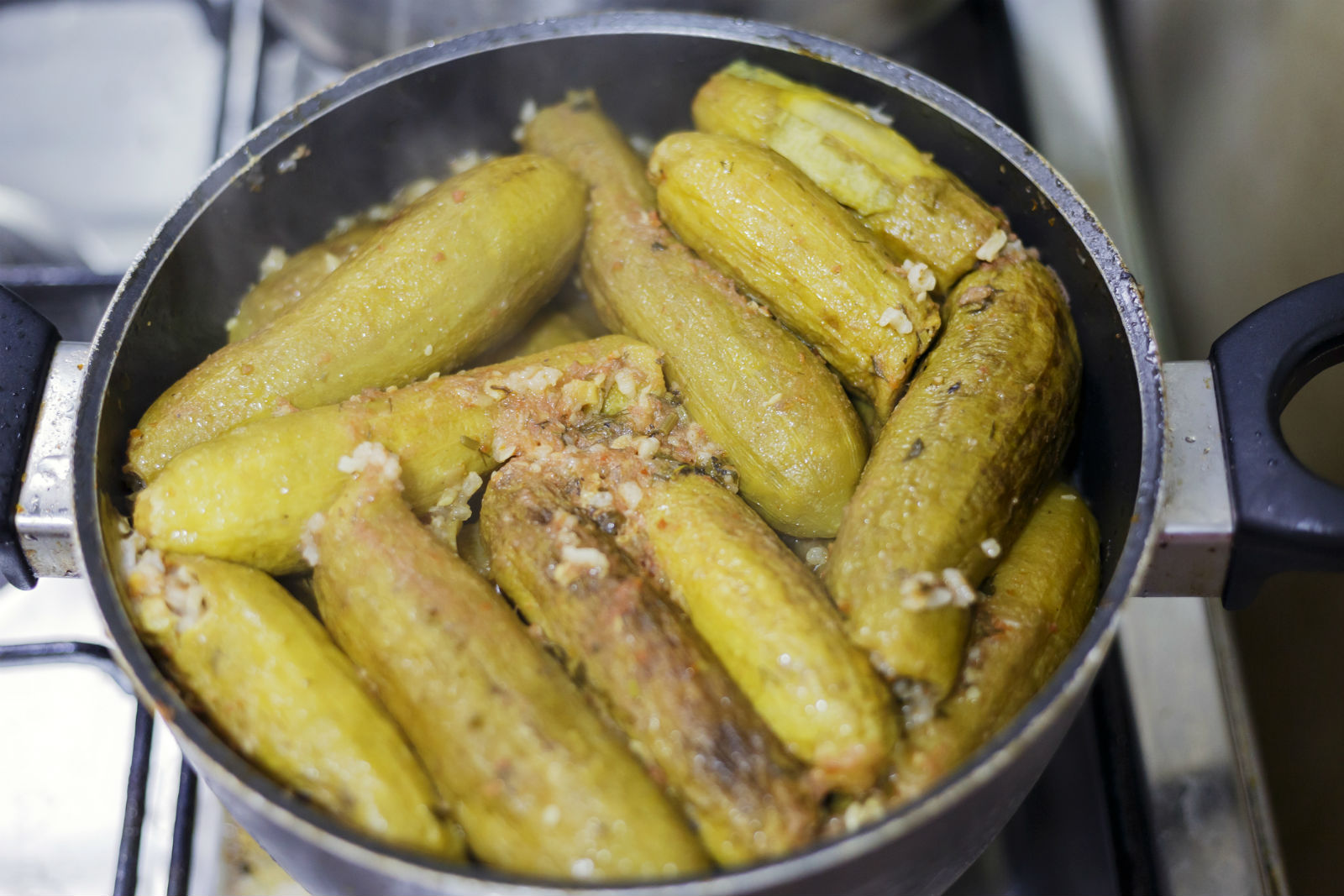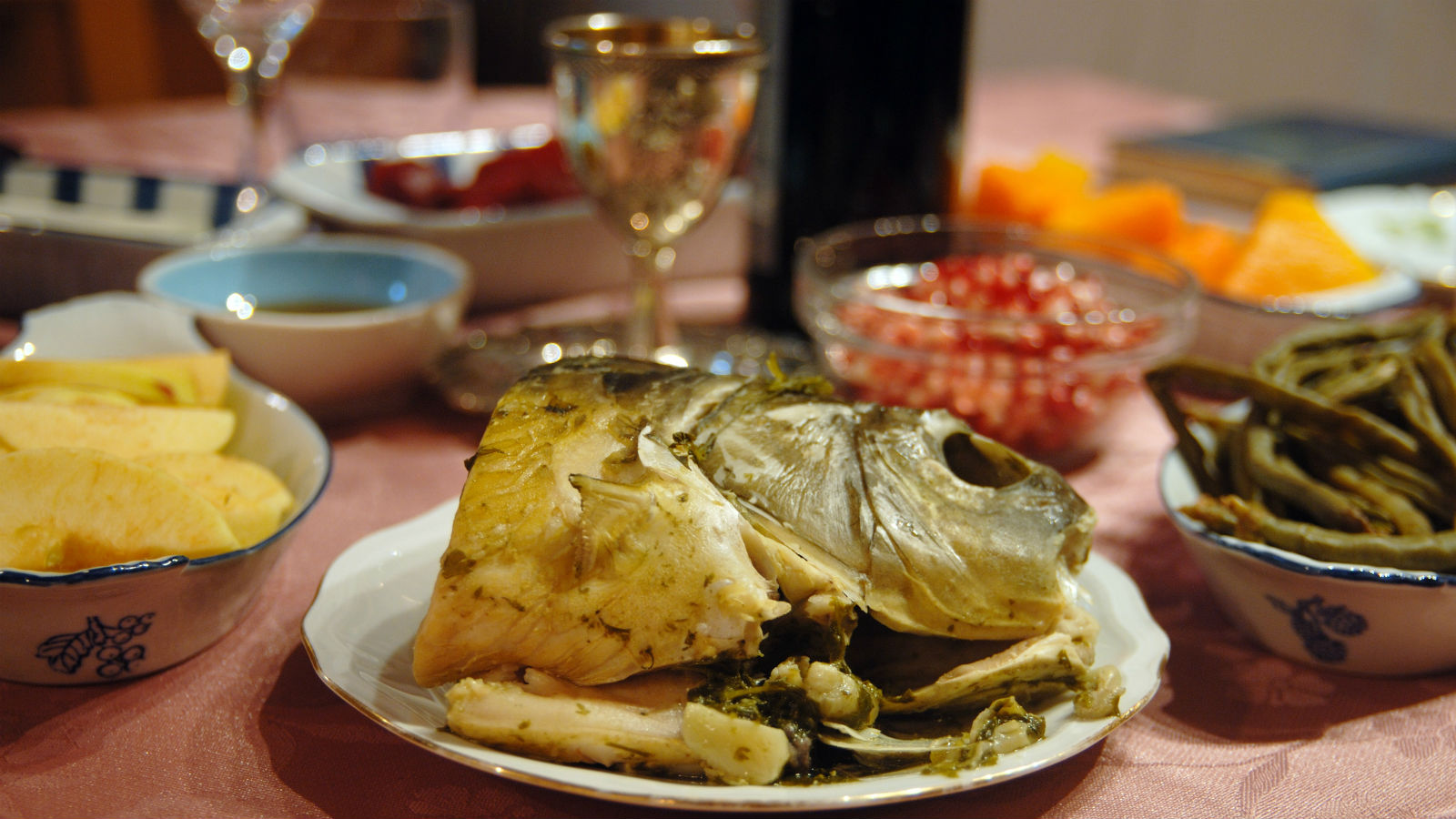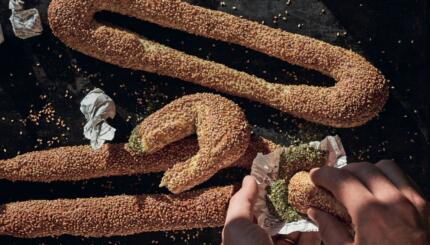If you have never been to a Sephardic Jewish home for Rosh Hashanah, make a friend with roots in Syria or Iraq and get yourself invited. The food is sublime, and the courses go on forever. That is because when celebrating the New Year, Middle Eastern Jews have more than a meal: They have a seder.
As with the Passover meal, the Rosh Hashanah seder features symbolic foods before the festive meal, a custom that goes back about 1800 years to when the Jewish sages of Babylon, present day Iraq, were writing the Talmud. They decided to ask God for peace and prosperity, and to use food as the vehicle for doing so.
In honor of Rosh Hashanah, Jews from Eastern Europe prepare sweet foods like apples dipped in honey for a sweet year. Sephardic and Mizrahi Jews take their requests many steps further. At their Rosh Hashanah seder, several foods have symbolic meanings and each is accompanied by its own blessing. Basically, once you have eaten the required foods and said the requisite blessings, you are protected from any enemies for the year!
How are the foods chosen for this Rosh Hashanah seder? By name, in Aramaic, which was the language of the Jews of Babylon at the time these blessings were written. The word for beet in Aramaic (and in Hebrew) is “selek” which has the same roots as the word for “get rid of,” so the blessing that asks God to get rid of one’s enemies is said over beets.
The Nosher celebrates the traditions and recipes that have brought Jews together for centuries. Donate today to keep The Nosher's stories and recipes accessible to all.
Do you want your year filled with good deeds? Eat a pomegranate, packed with seeds as numerous as the commandments in the Torah. And if you want to be sure to succeed? Eat a fish head or a part of an animal’s head — cow tongue, anyone? — so that you finish the year as a head and not as a tail. The word for bean in Aramaic is related to the word for increase, so by eating string beans or black-eyed peas, you are asking for your merits to increase.

Alicia Assa, the author of the cookbook “Sabores de Mexico”, comes from a Syrian Jewish family that made its way to Mexico at the start of the 20th century. Her family had been in Syria since their expulsion from Spain in 1492, and continue to honor their culinary traditions. At Alicia’s Rosh Hashanah table, you will find stuffed vegetables like cabbage, zucchini, or grape leaves. The sauce is sweetened with apricots, prunes and tamarind, and you can find the recipe here.
But be warned. Before you get to the sweet stuffed vegetables, expect to see a fish head. And to bless it.



